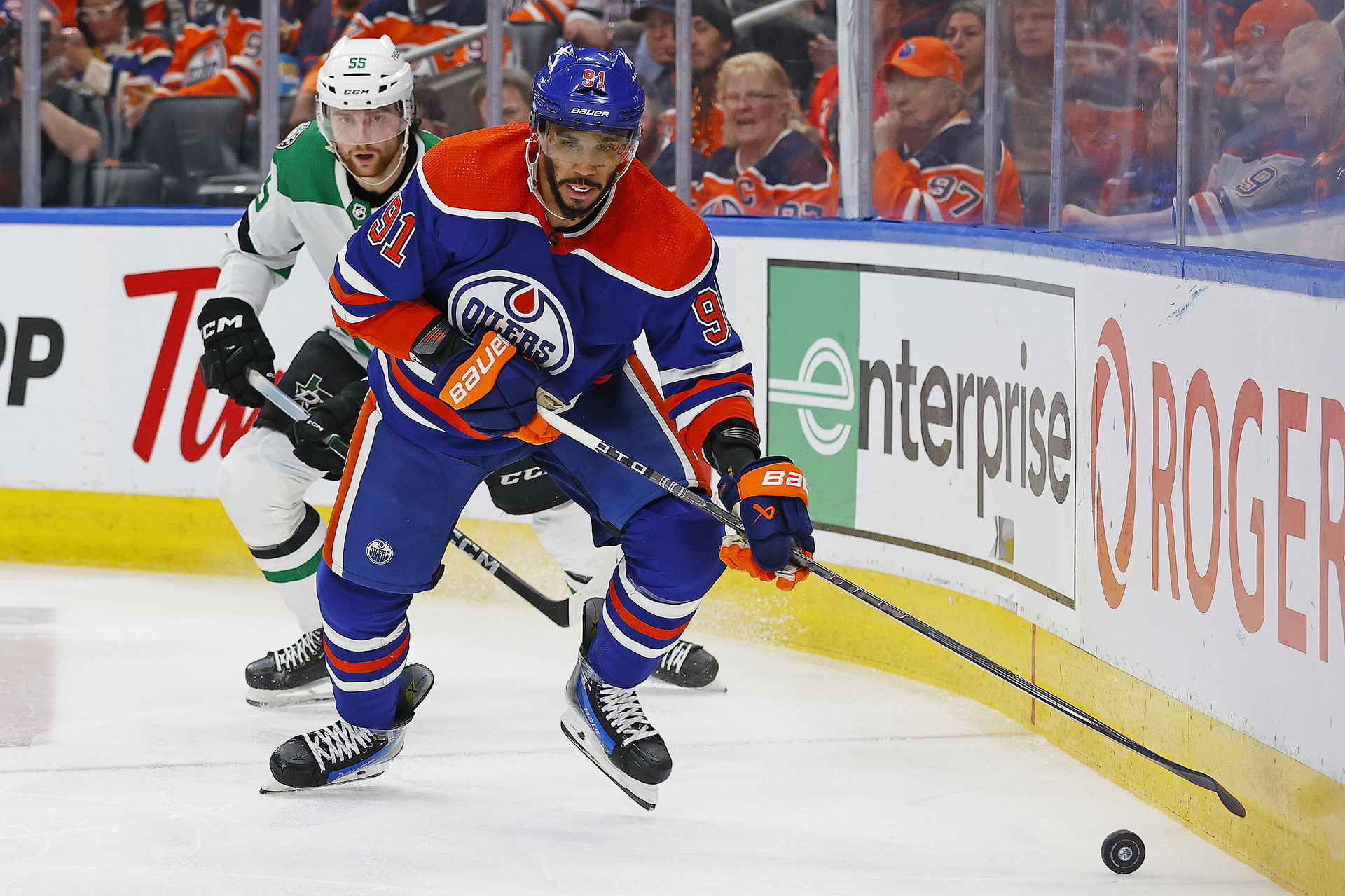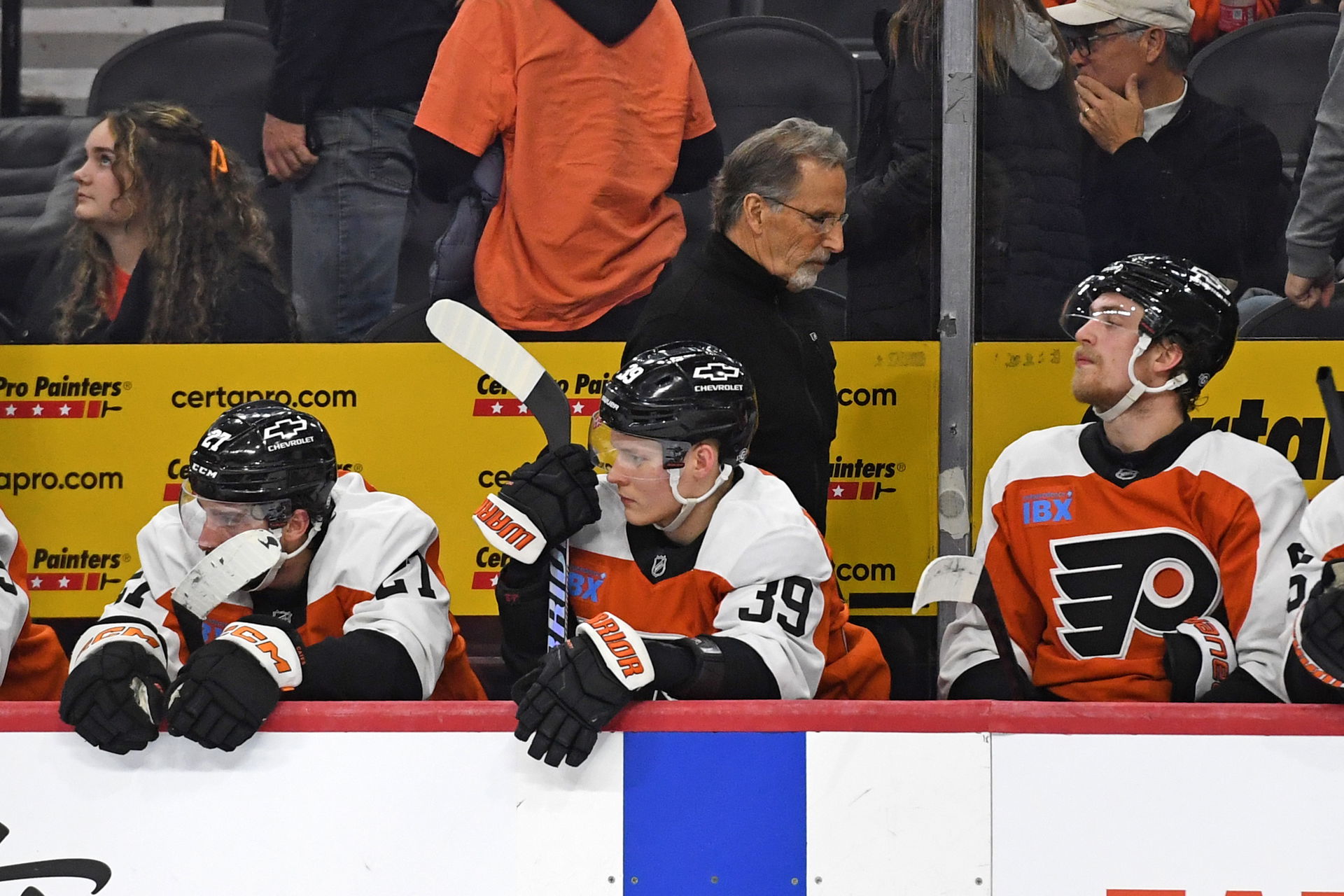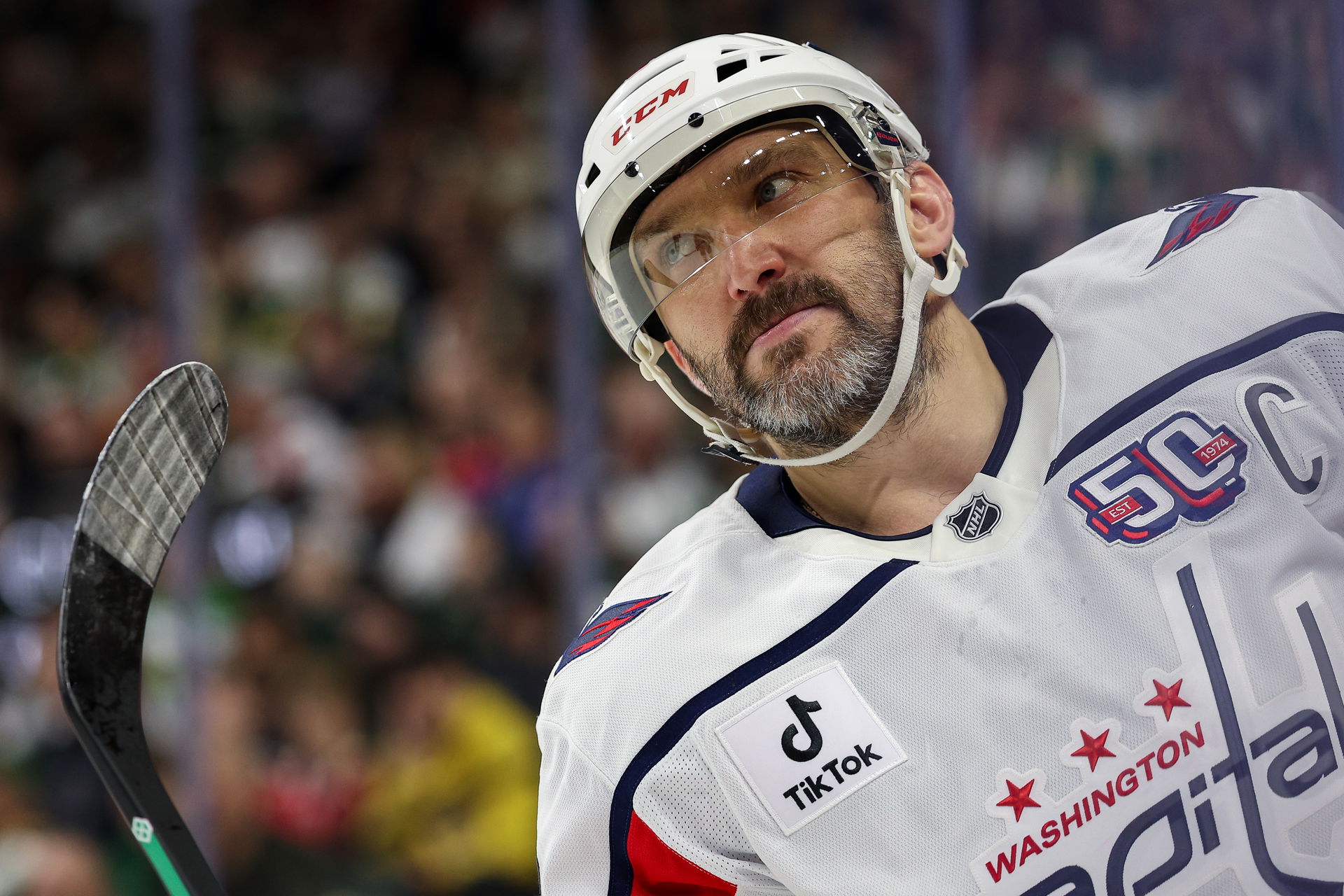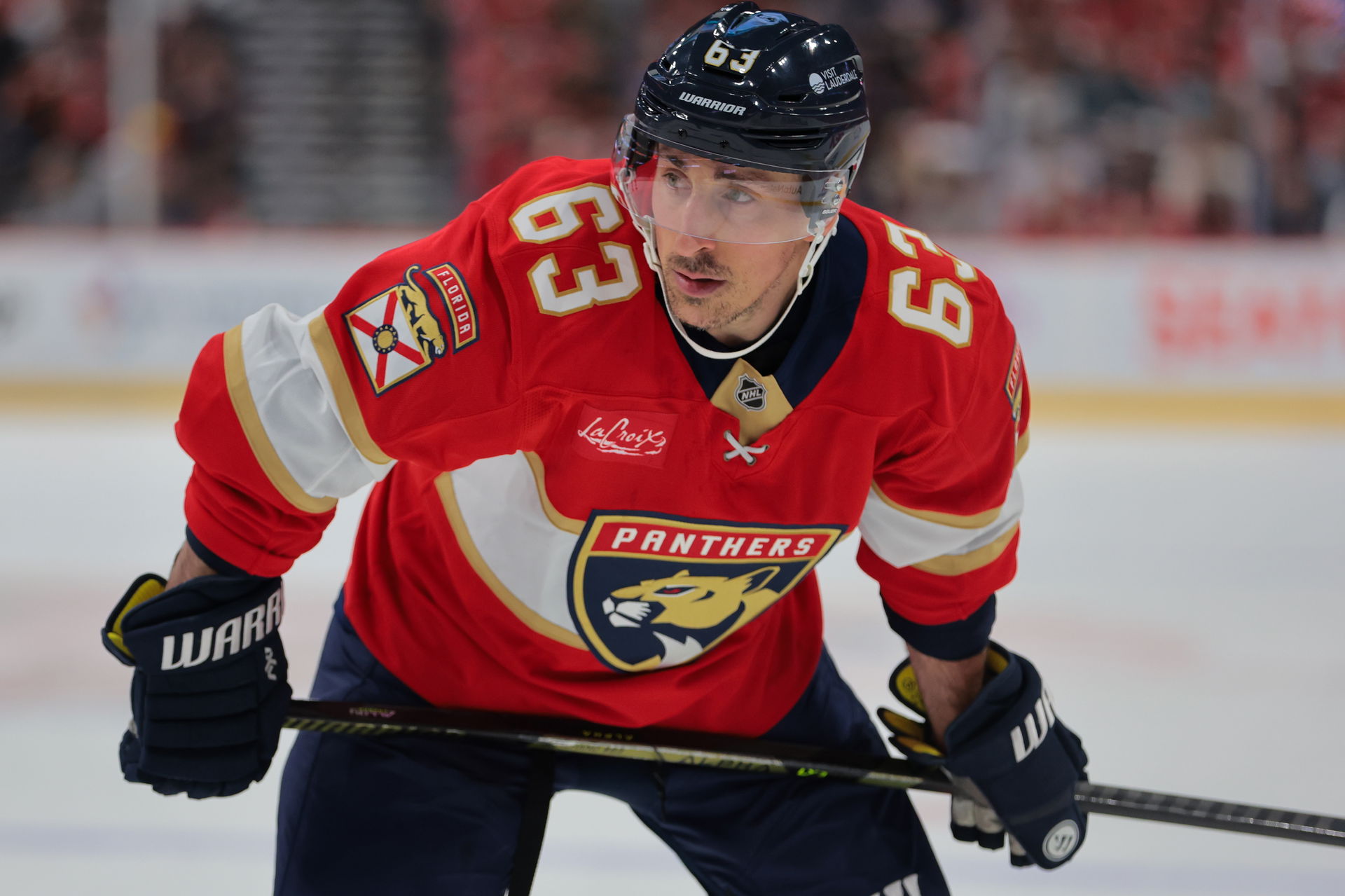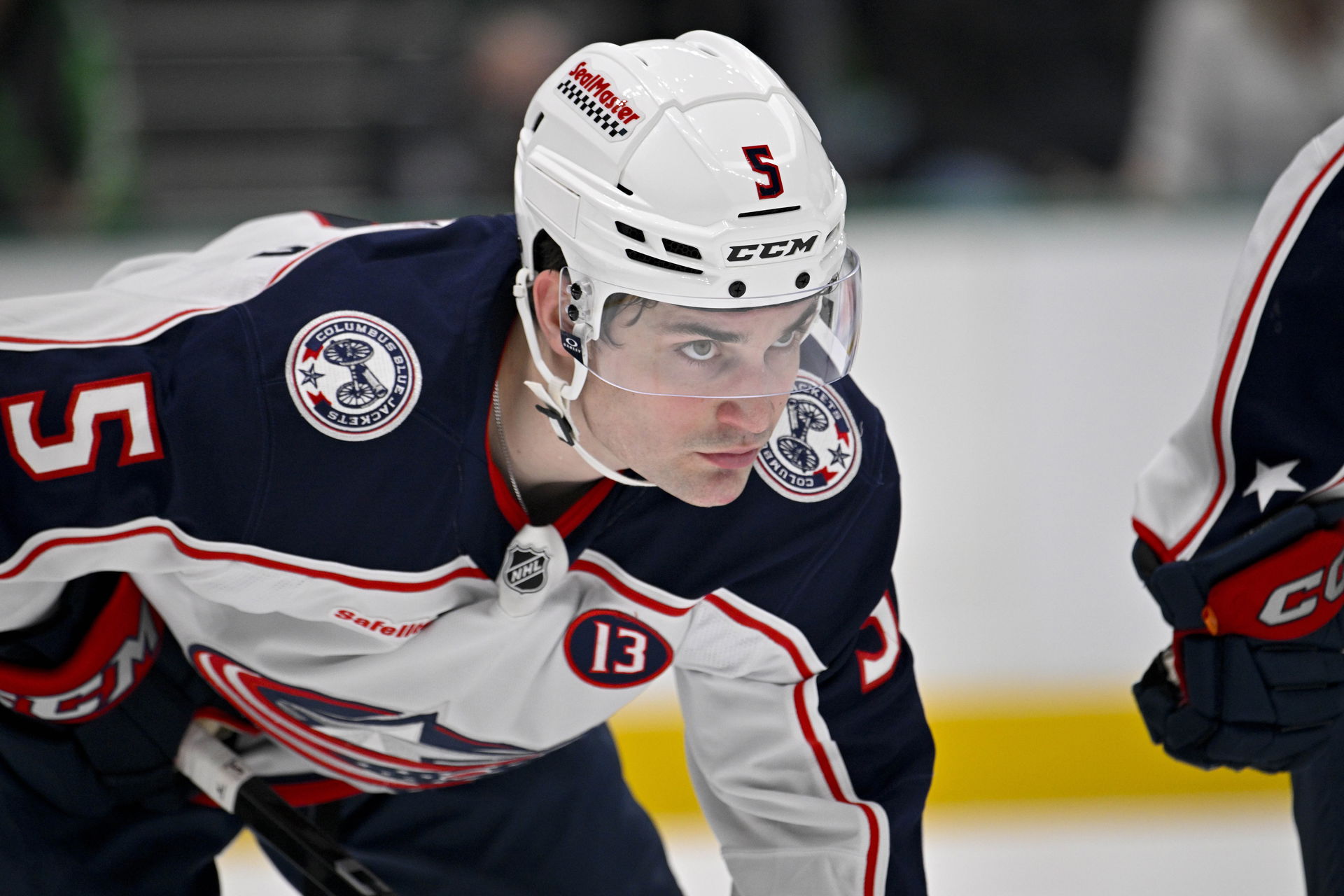
Injuries Causing Early Season Headaches for NHL Teams
We’re barely two games into the season for some teams, and already, their depth is being seriously tested. That’s unlikely to change, all season long.
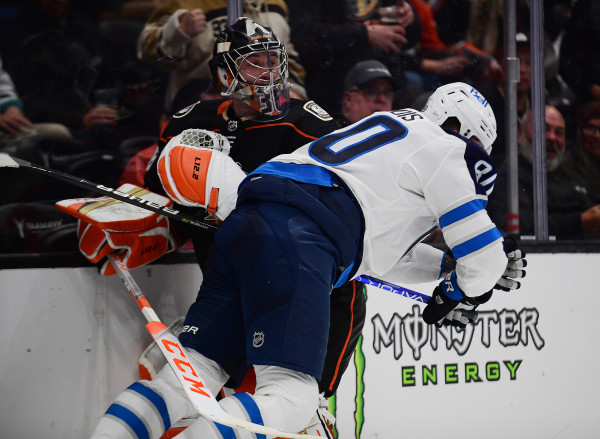
During the NHL’s most recent off-season, it was a little bit curious why a team like the Toronto Maple Leafs – which had just signed unrestricted free agent goaltender Petr Mrazek to play alongside presumptive starter Jack Campbell – would retain the services of veteran netminder Michael Hutchinson.
The 30-year-old Hutchinson signed a two-year, two-way contract in October of 2020, but he was on his second tour of duty with the Leafs, and Toronto’s development system still had prospects Ian Scott and Joseph Woll, so it seemed as if the Buds had no room for him.
However, there was a method to GM Kyle Dubas’ goalie madness. Dubas had to know, as we all do now, that depth is a crucial part of any NHL team’s success. And sure enough, in the Leafs’ second game of the regular season, Mrazek went down with a groin injury. Suddenly, Hutchinson was on alert, likely serving as Campbell’s understudy until Mrazek returns. And he’ll probably be inserted as the Leafs’ starter on the second of back-to-back games, as soon as Toronto’s second game in two nights against Pittsburgh Oct. 23.
But Toronto is no different than any other team in the league when it comes to injuries. All GMs understand now that, especially in an Olympic year where the schedule is even more compacted, you’ll have to lean on your development system to keep the NHL roster thriving.
Indeed, right out of the gate this year, there has been a slew of injuries: Ducks starting goalie John Gibson suffered a lower-body injury in Anaheim’s first game Wednesday night. The Buffalo Sabres, who don’t have any real depth at all, lost forward Casey Middlestadt and blueliner Henri Jokiharju to upper body and lower body injuries, respectively. They’re not expected to play for at least a couple of weeks. The defending Stanley Cup champion Tampa Bay Lightning’s defense corps took a hit when Zach Bogosian suffered a lower-body injury that will sideline him for 4-to-6 weeks.
And the Colorado Avalanche lost an important piece of their puzzle when forward Valeri Nichushkin was injured in his upper body and is now a week-to-week injured player.
That’s just a small sample size of the injuries that have occurred around the league. The Pittsburgh Penguins are playing without captain Sidney Crosby or star center Evgeni Malkin, both of who underwent off-season surgeries. The Leafs didn’t have superstar center Auston Matthews in the lineup due to wrist surgery. And in the Detroit Red Wings’ first game of the season Thursday, star center Dylan Larkin was injured and unable to practice with the team Friday. The Wings already were without winger Jakub Vrana, who was lost for 4-to-6 months at the end of September after being injured in practice, so any additional lost time for Larkin will be devastating.
It’s not officially an epidemic of injuries, and it’s probably partially due to a shorter off-season, but there’s no question NHLers are under the gun in attempting to stay healthy. And that’s where a productive American League team can be a true difference-maker. There is no salary cap for AHL teams, so big-moneyed franchises like the Leafs can flex their muscles and offer borderline NHL talents such as winger Kurtis Gabriel NHL-level money while playing for the AHL Toronto Marlies, as well as paying minor-league money to winger Joey Anderson and center Kirill Semyonov when they know both will likely get call-ups at some point in the year. And that’s not including young up-and-comers such as winger Nick Robertson and center Semyon Der-Arguchintsev, who also will push for promotion.
In sum, you can already see how injuries can decimate a team’s competitive chances, and how a stacked development system helps cushion the sting of the injury bug’s bites. Health woes are just a fact of life in the NHL. And the challenge for GMs isn’t who can find the next Crosby – the league is hyper-scouted, and nobody really can make the jump from unknown talent to superstardom – but rather, who can sign the best players who can be stashed in the minors until they’re needed.
We’re barely two games into the season for some teams, and already, their depth is being seriously tested. That’s unlikely to change, all season long.

